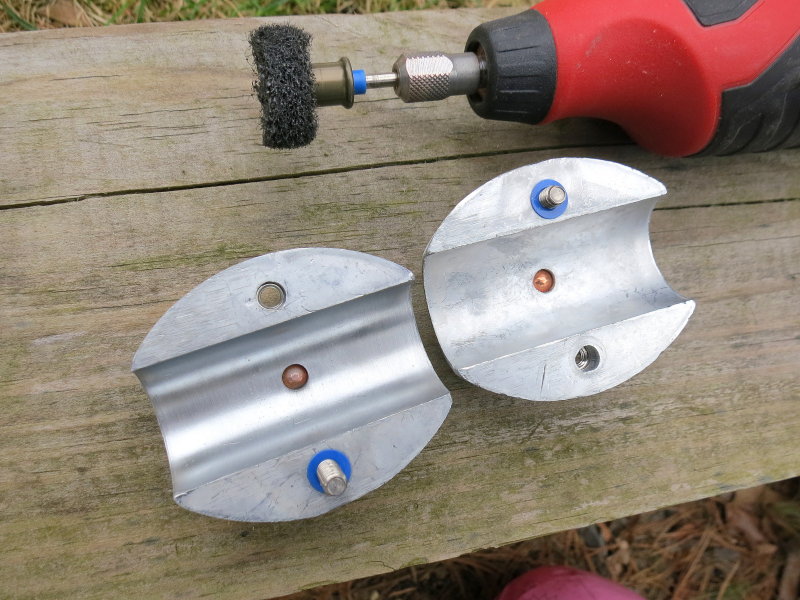This is rather confusing and mostly incorrect.
As simply and accurately as I can explain, the anode is there to protect dissimilar metals from eroding. All metals have an electrical potential, i.e., the ability give up or take in electrons. When 2 metals are placed in a conductive solution and are then connected to each other a current will develop and one metal will degrade. The sacrificial anodes on props and shafts is there to protect the desirable metals from interacting by giving up the anode's electrons and ions. The prop shaft is stainless steel and the prop bronze, they are obviously connected to each other. Out of the water the electrical circuit has not been completed, in water, the circuit is completed and the more reactive metal will give up electrons and ions. Zinc, Aluminum, and Magnesium are the most reactive metals, when placed on the prop shaft and prop these anodes will sacrifice themselves to the circuit thereby protecting the important metals. It is important to note that the circuit that forms is a DC circuit.
A similar circuit can form between 2 or more boats that are plugged into shore power. Because of the way AC circuits are wired the green ground wire from each AC circuit will be connected at the shore panel. This allows a DC current to flow from one boat through the water into another boat's AC ground and back out to the other boat through the AC ground wire. There are 3 ways to block this circuit, don't plug in, use an isolation transformer (best) or a galvanic isolator. This is not stray current.
It is important to note that the most destructive current is DC, not AC. Because the positive and negative switch back and forth AC does not present a great threat for corrosion, the ions that are removed on one cycle are put back on the next cycle. DC circuits are more destructive because the ions are removed and not put back.
Stray current generally refers some leakage in a boat's circuits, either AC or DC. They are usually due to a fault in the wiring which allows some current to leak, i.e, find a way back to its source that is not contained in the wiring. A classic example is a poor electrical connection in the bilge that provides an alternate path back to the battery.
One of the best summaries that tries to sort out all this confusion is Stan Honey's classic article which has been recent updated. Stan is a sailor, an outstanding offshore navigator, an electrical engineer and the guy who figured out how to put the football scrimmage lines on TV.






